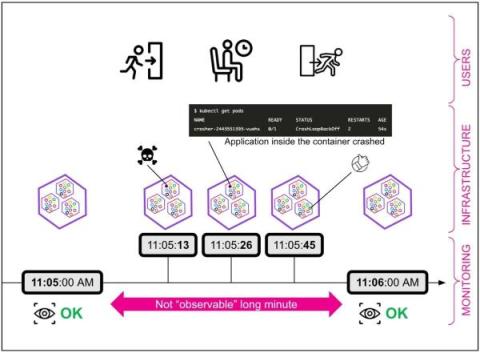Telemetry 101: An Introduction To Telemetry
Understanding system performance is critical for gaining a competitive advantage. Telemetry provides deeper insights into the system, helping business owners make better decisions. This article take a comprehensive look at the topic of telemetry. We’ll look at its functionality and telemetry types. We’ll also look at all the things telemetry data can help you with — plus the challenges companies with telemetry systems might face.







